how we look at the world (and maybe how it looks back)
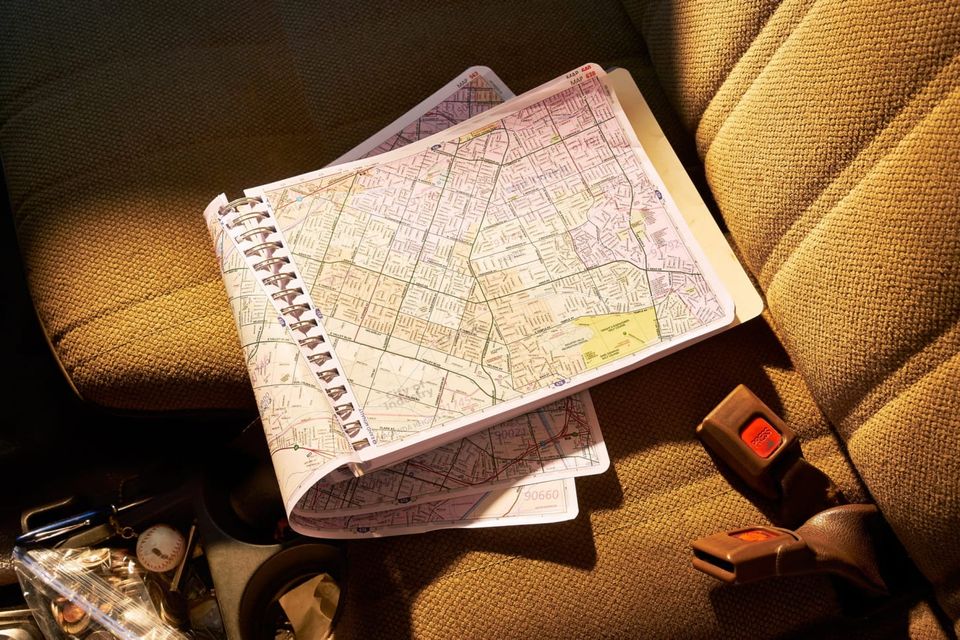
Hello friends. As we are all social distancing (at least, you better be!) I figured best to get this out sooner rather than later as a good distraction (it’s good for me too!).
So let’s talk maps. In Los Angeles, we had this great streetmap guide called the Thomas Guide, which basically dated from the 1940s and was continuously updated. It was spiral bound, and a beast (at least the LA County one was) and there’s a great physicality to it, as a kid, of hefting it on your lap to help your parent find directions. Our house was on the first page, which always felt magical (but in reality testified to just how on the northern edge of LA we were). It was an institution, people have written to the New York Times about it (and they published it!), it’s very strange driving around LA now without it in my backseat.
So all this to say, I love maps, so I’ve got a big old collection of articles for y’all. First up, a piece about how Swiss cartographers have been hiding critters in maps for decades, which delights me—apparently some have timed the revelations to their retirement, which is fantastic. I think there’s an interesting parallel here (which surprisingly isn’t mentioned in the piece) to trap streets: false streets mapmakers add to prevent plagiarism.

Next up is site called Historic Aerials, that lets you compare overhead & satellite imagery throughout time, and a map of the Japanese-owned businesses in Honolulu at the turn of the century:
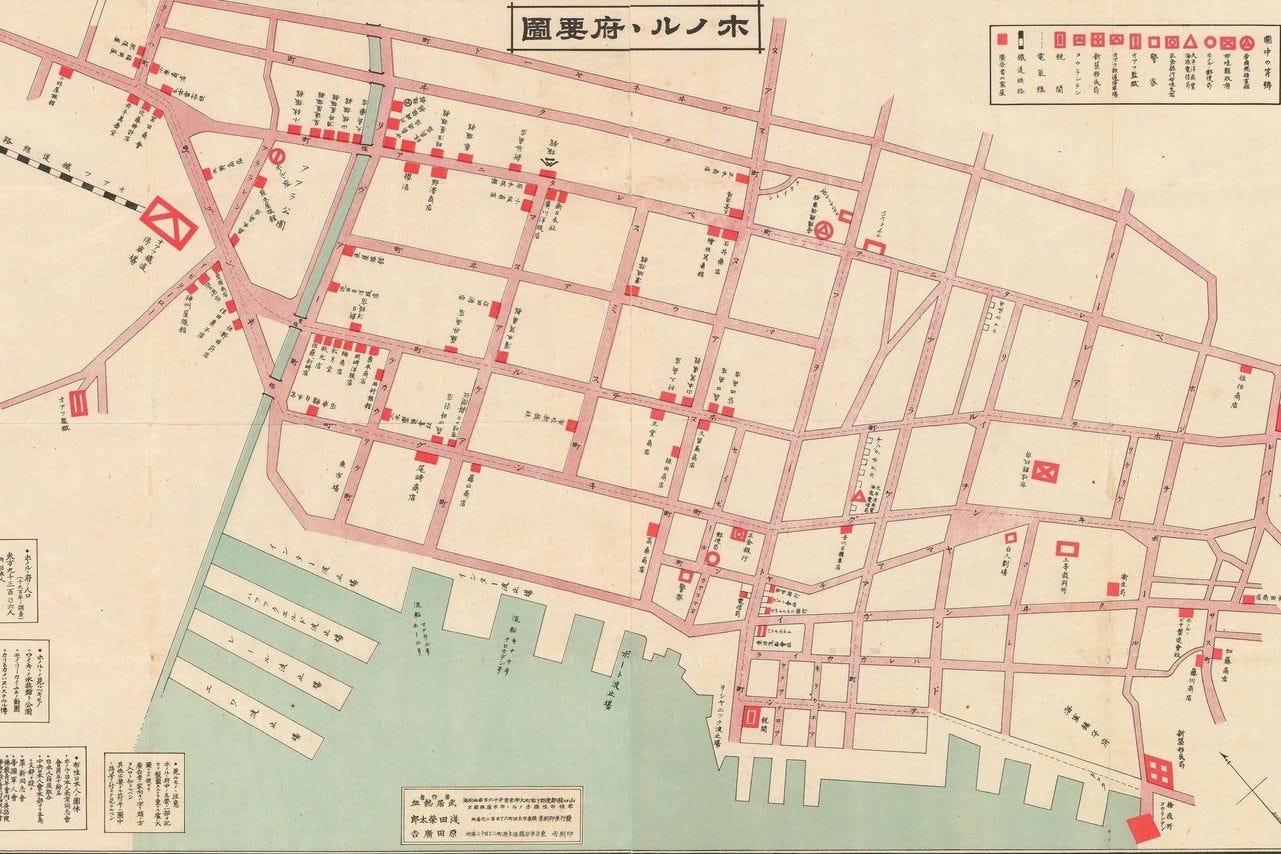
…and finally, I’ve been fascinated with these navigational charts from the Marshall Islands ever since I learned about them—they’re charts of island locations, swell patterns, and more (different types show different aspects) made from sticks tied together by the Marshallese.
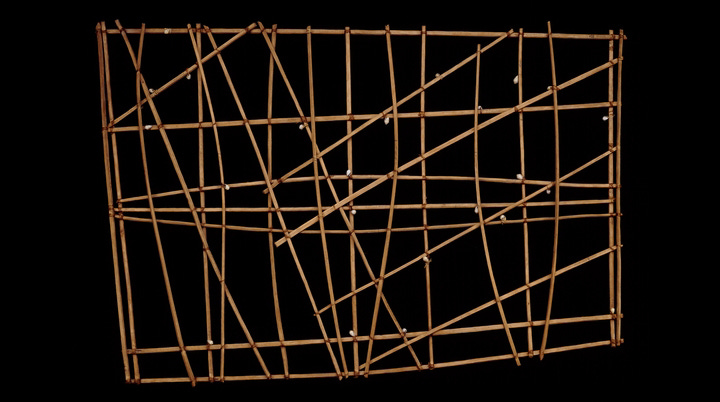
Someone on Twitter pointed out some of the background of the Windows XP wallpaper (officially called “Bliss”) and after diving into it, it made me appreciate the photo so much more!
"There's a time of the year in our mid-winter, in January, when we've had rains. The grass is now getting a brilliant green. The storms are still coming through with rain and clouds. While I'm driving this beautiful, winding road to see Daphne, my God, the storm has just gone through, there are some white clouds, boy, I think I'll just get out and make a couple of frames," he says.
Chuck pulled out his medium format Mamiya RZ67 film camera and made Bliss. It wasn't the first time he had attempted to capture the beauty of the hills, though.
"That particular spot, or this area of the wine region, is known for that same thing -- the rolling hills. I have been photographing them for a long time, with film. And yet colours never quite came out the same on Kodachrome 64, the best film you could possibly have. They were never quite green enough."
What this piece doesn’t mention is apparently he shot it on Velvia, which is why the color pops the way it does! The spot now looks a bit different, now covered in grapevines (that had been cleared at the time due to an earlier phylloxera infestation). Now that I have you here, what better time to share the history of Clippy? (sorry that it’s the opposite of a palate cleanser)
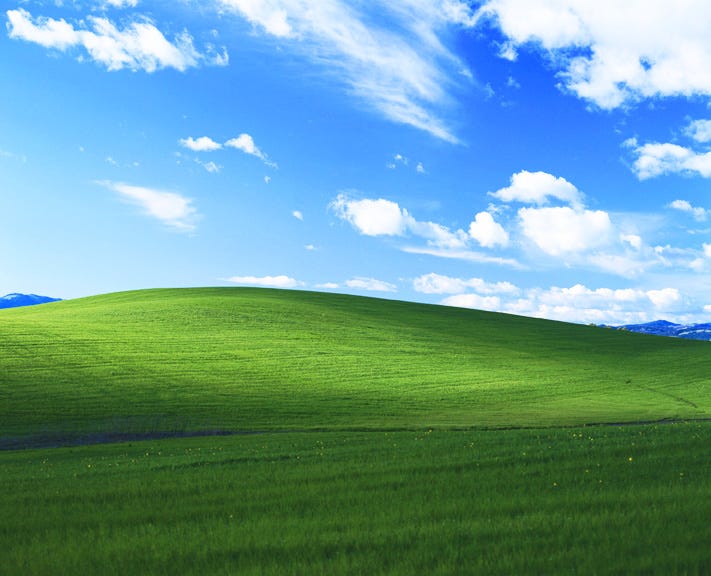
Audubon magazine has put forth the important question: when is a bird a ‘birb’? and honestly bless them for it. Also, some good birb taxidermy, and I need to be clear how incredible the phrase “self-taught Victorian country taxidermist” is:
I am loving these Victorian autograph books called “The Ghosts of My Friends,” (what! a! title!) where you would have someone sign the page, and then close the book, creating a blurred echo of the signature:

This person makes abandoned dollhouses (!!!)
Designer Lucy Jones is rethinking fashion for people in wheelchairs, focusing on drawing attention to things like sleeves, making it easier to carry bags, and more and it’s all incredibly beautiful:
Through measuring, questioning and observing, Jones discovered that the seated body not only had different needs, but different features to accentuate as well. Cropped lengths helped facilitate a smoother silhouette, while the elbow deserves a greater portion of the limelight — and requires more fabric for comfortable rotation and less pull.
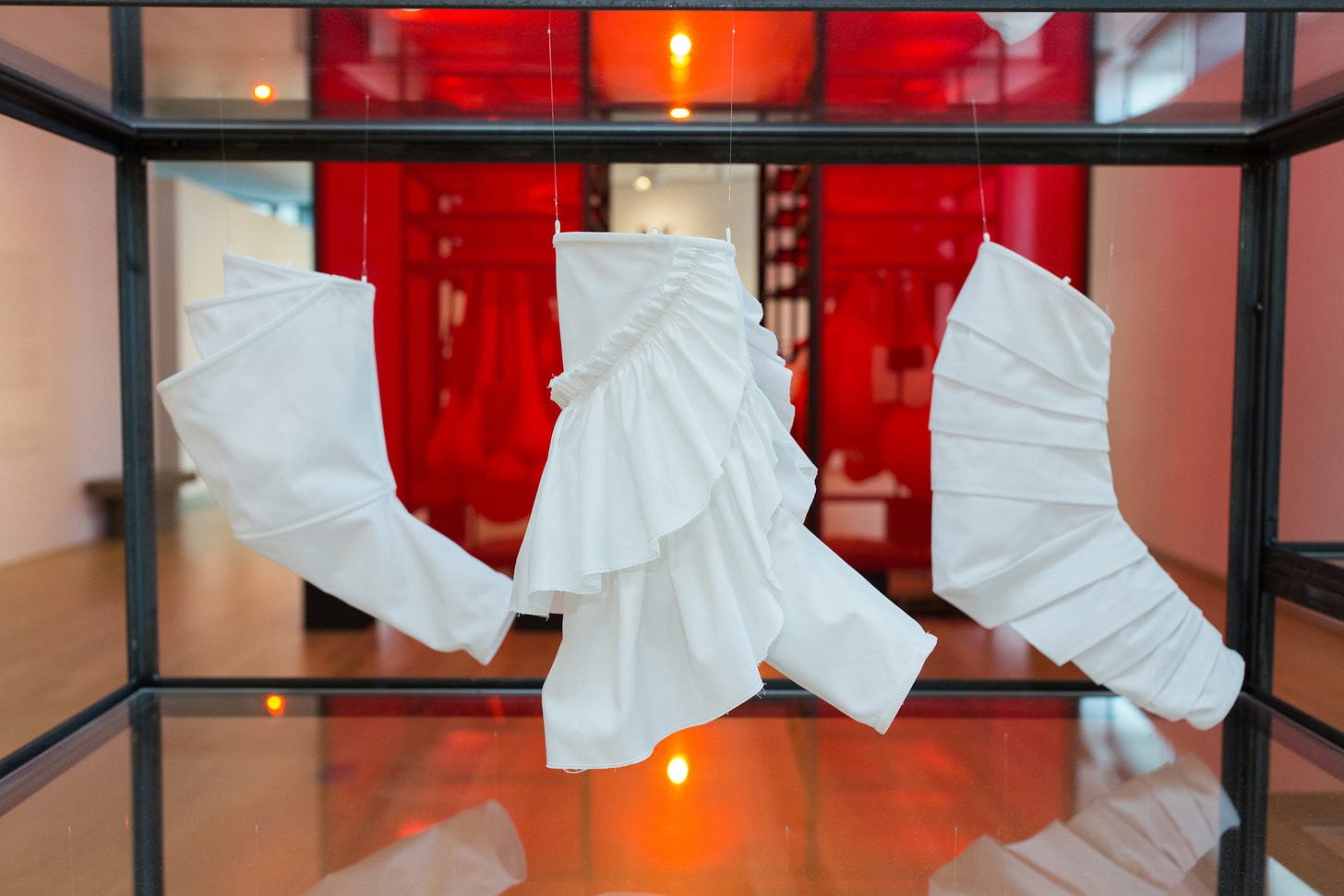
Finally, to make us appreciate our quarantined / social distancing a bit more, photos from Shackleton’s Antarctica expedition taken by Frank Hurley:
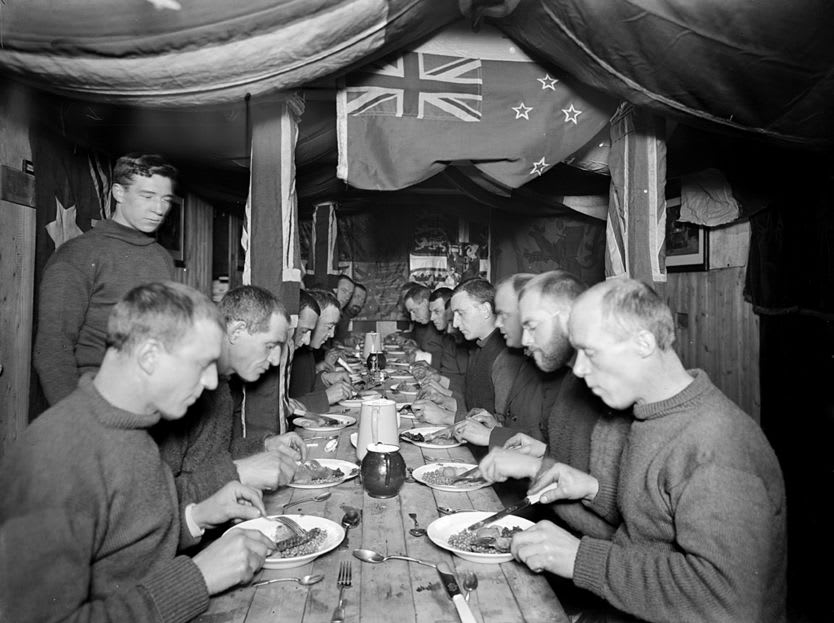
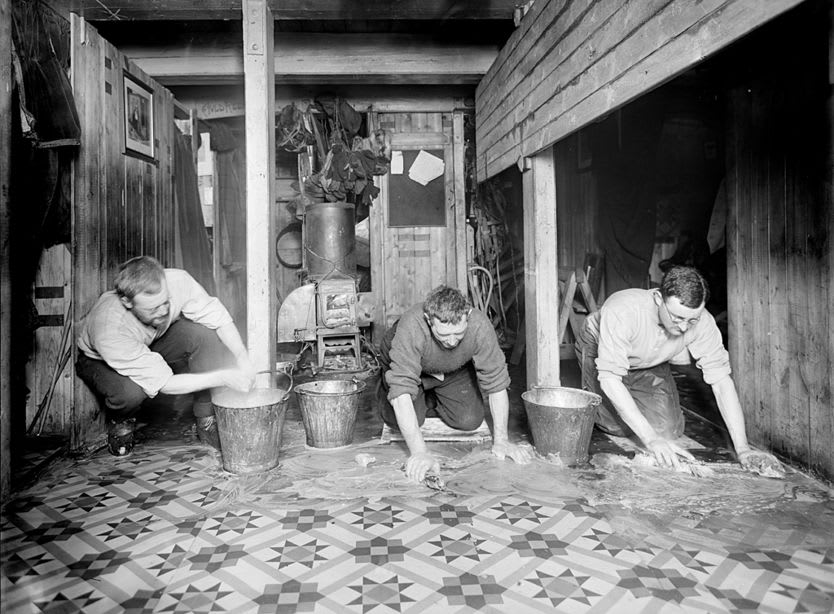
Also, man, some of his color photos (technically Paget plates, which I have now just learnt about) are just gorgeous:
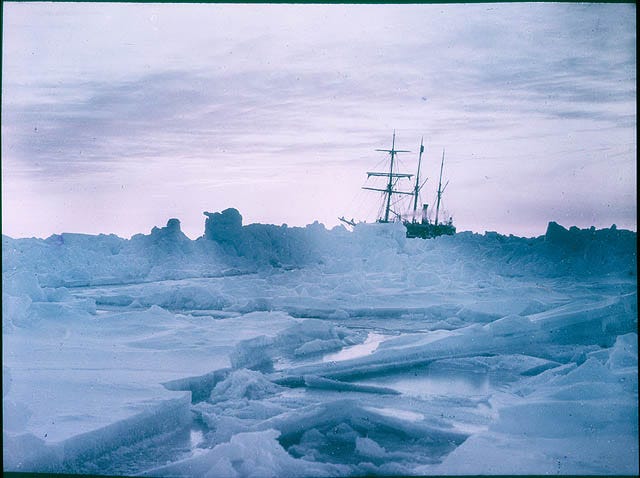
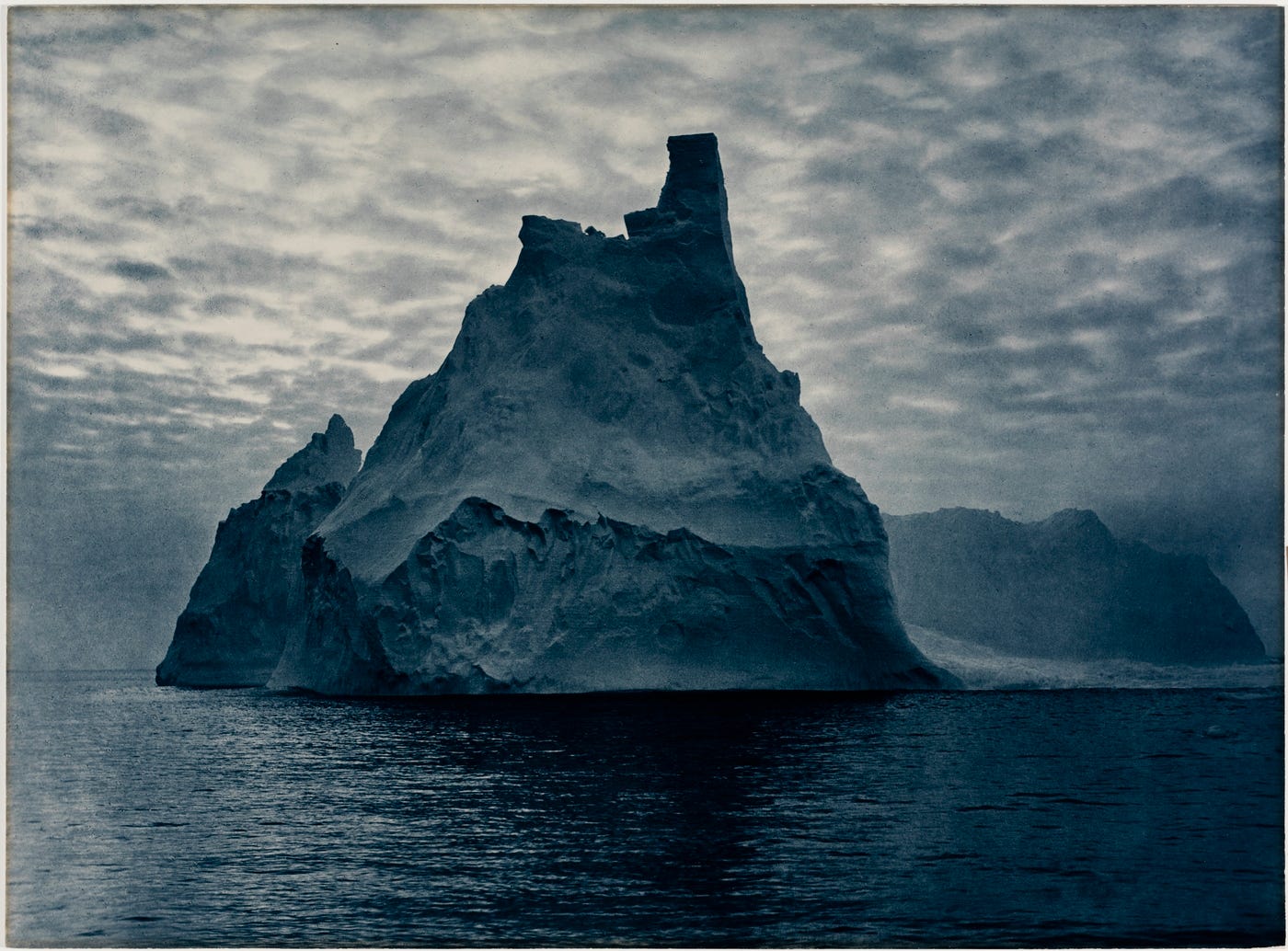
Stay safe out there, my friends!
Etcetera: Apparently the Dead Sea Scrolls at the Museum of the Bible are modern forgeries (!!!). Billions of wire hangars are used in the US—but almost no one buys them. A brief history of bog butter.
